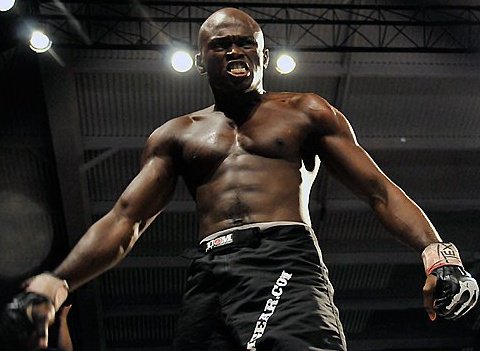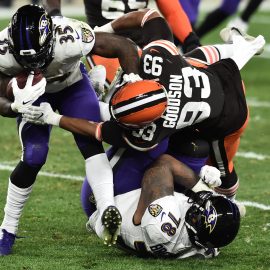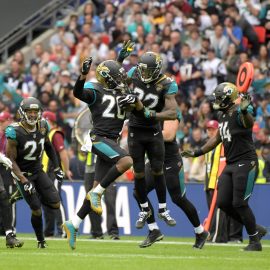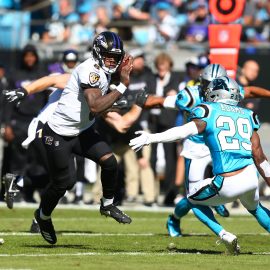The bad news for the Ravens: they missed making the Super Bowl in 2011-12 by mere inches… The good news—their salary cap management makes an even brighter 2012-13 possible…
“We do a good job of looking at our cost today and then our cost in the future and we try to balance both of them,” General Manager Ozzie Newsome said in a recent interview with Garett Downing of the Ravens NFL.com media department.
The 2012 salary cap has not yet been set, but the projection is that it will be between $121-125 million. The cap is adjusted annually based on the league’s revenues. When asked how much cap flexibility the Ravens would have in free agency, Newsome did not offer financial specifics.
“We will be able to put as competitive a football team on the field as we need to be able to compete with Pittsburgh, Cincinnati and Cleveland – because that’s where it starts,” he said.
One way to free up cap space is to use younger players in favor of more expensive veterans. The Ravens have gone that route before, when they cut veterans such as tight end Todd Heap, running back Willis McGahee, wide receiver Derrick Mason and defensive tackle Kelly Gregg before last season.
Since John Harbaugh took over as head coach in 2008, the Ravens have made it a priority to get their young players experience, rather than always sticking with veterans that carry a much higher price tag. “To manage the cap, you have to get these guys out on the field during their first contract,” owner Steve Bisciotti said. “If not, you’re just teeing them up for somebody else that has salary cap space.”
A prime example of that, Bisciotti said, was former Ravens linebacker Bart Scott, who didn’t crack the starting lineup until his fourth year in the league. He then proved himself as a top-flight linebacker, and eventually left Baltimore for a big-money deal in New York.
“Part of managing a salary cap is making sure that you get these guys some reps so that they can get out there and play,” Bisciotti said. “If they prove themselves, then you’ve got a financial deal with them in years two, three and four.”
Playing those younger players is really only an option if a team is able to draft well, which the Ravens have a history of doing. They Ravens then have the luxury of putting younger – and often cheaper – players on the field, rather than overusing the “credit card” on expensive veterans.
It’s a delicate balance, but one that the Ravens have been able to manage. “That’s the balance that we’ve got to set,” Bisciotti said. “And I think we do a very good job of that.”
Think of it this way—-an effective approach to balancing the salary cap is to make sure you aren’t betting everything on one season of success.
“There’s different ways to look at that, because we can mortgage a lot with a credit card,” Bisciotti said. “So, what the credit card does for you is [it] allows you to get a complete team. But, if you use too much on credit, then you are going to have dead money in future years.”
The way the “credit card” works is that teams are able to go over the salary cap by borrowing money from future seasons. But teams then don’t have that money available in future years.
For example, if a team goes over the salary cap by $3 million, then their cap space the following season decreases by $3 million. A team might opt to go over the cap one season by signing high-paid players to make a run at a championship, but they sacrifice the money that will be available for future seasons.
The Ravens are cautious about using that approach.
“If you’re not careful, then you are going to have a lot of dead money on your salary cap,” Bisciotti said. “So, we are conservative when it comes to how much [is used] on the credit card. “That’s how the window opens and closes, I believe.”
Add The Sports Daily to your Google News Feed!







